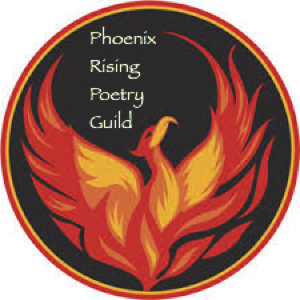It was a pleasure to read all of the wonderfully aural poems of love that our poets have offered here so far. We found that even love in silence speaks volumes when expressed in interpretations of such feelings. The sound of love is as varied as the words we use to wax poetically about it. But now, we will further explore the “sounds” of love using the poetic devices of ONOMATOPOEIA and ALLITERATION.
As defined traditionally, ONOMATOPOEIA is a word(s) that phonetically imitates, resembles or suggests the source of the sound that it describes. ONOMATOPOEIA refers to the property of such words. Common occurrences of ONOMATOPOEIA include animal noises such as “woof”, “caw”, “roar” or “screech”. However, the idea of ONOMATOPOEIA has been expanded to other imitative effects. Comparing things that are expansive, humongous, and tremendous to things that are tiny, miniscule, and diminutive, are words that are imitative of size as opposed to sound. It would be safe to say a concrete poem in the shape of an tree, on the subject of a tree would be ONOMATOPOETIC. We can think of words like buzz, splat, swish, bow-wow, and pop, but poets can create other ONOMATOPOETIC effect in other aspects as well.
In regards to ALLITERATION, it is defined as a stylized literary device characterized by the repeated sound of the first consonant in a series of multiple words, or the repetition of the same sounds or of the same kinds of sounds at the beginning of words or in stressed syllables of a phrase. ALLITERATION can be used in ways similar to ONOMATOPOEIA because it can be related to the sense of sound. Representing sound with words alone, as ONOMATOPOEIA does, can be difficult; so, the use of ALLITERATION can be substituted for ONOMATOPOEIA. Examples of the replacement of ONOMATOPOEIA with ALLITERATION could be the phrase “booming bass”. The use of repeated B sounds is doubling as ALLITERATION and ONOMATOPOEIA because the B sound replicates the actual boom that the bass sound represents. In addition to an audio cue, ALLITERATION can also be visually pleasing and upon which a reader can focus.
So, in continuing our month featuring the “Sound of Love”, I ask you to use the devices of ONOMATOPOEIA and/or ALLITERATION within your poems to verbalize the “sounds” associated with the emotion of Love. With Valentine’s Day falling at the end of the week, maybe a “Hallmark” moment can be written in conjunction with our featured “prompt”. Either way, we are still in love with our words and how love sounds!
